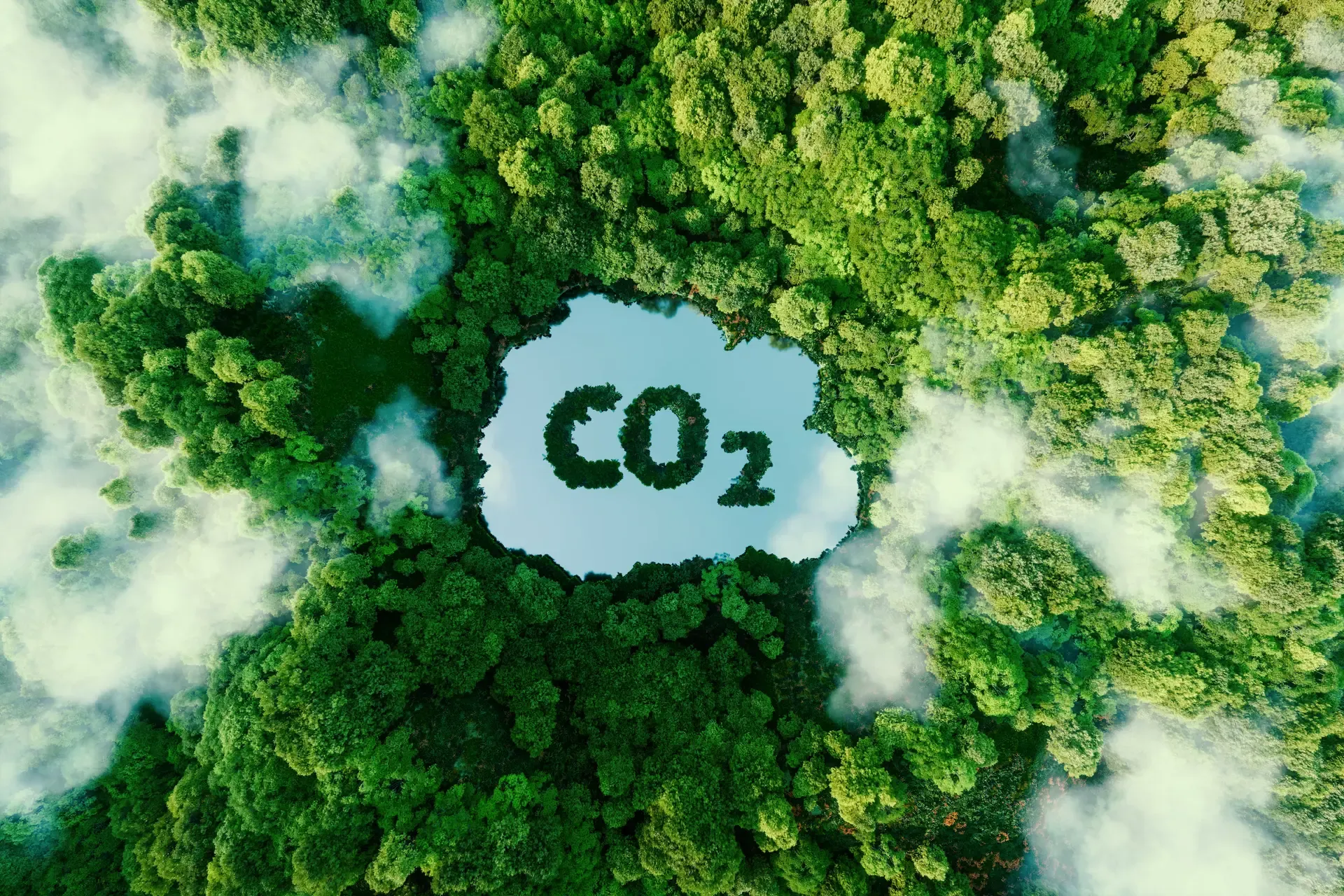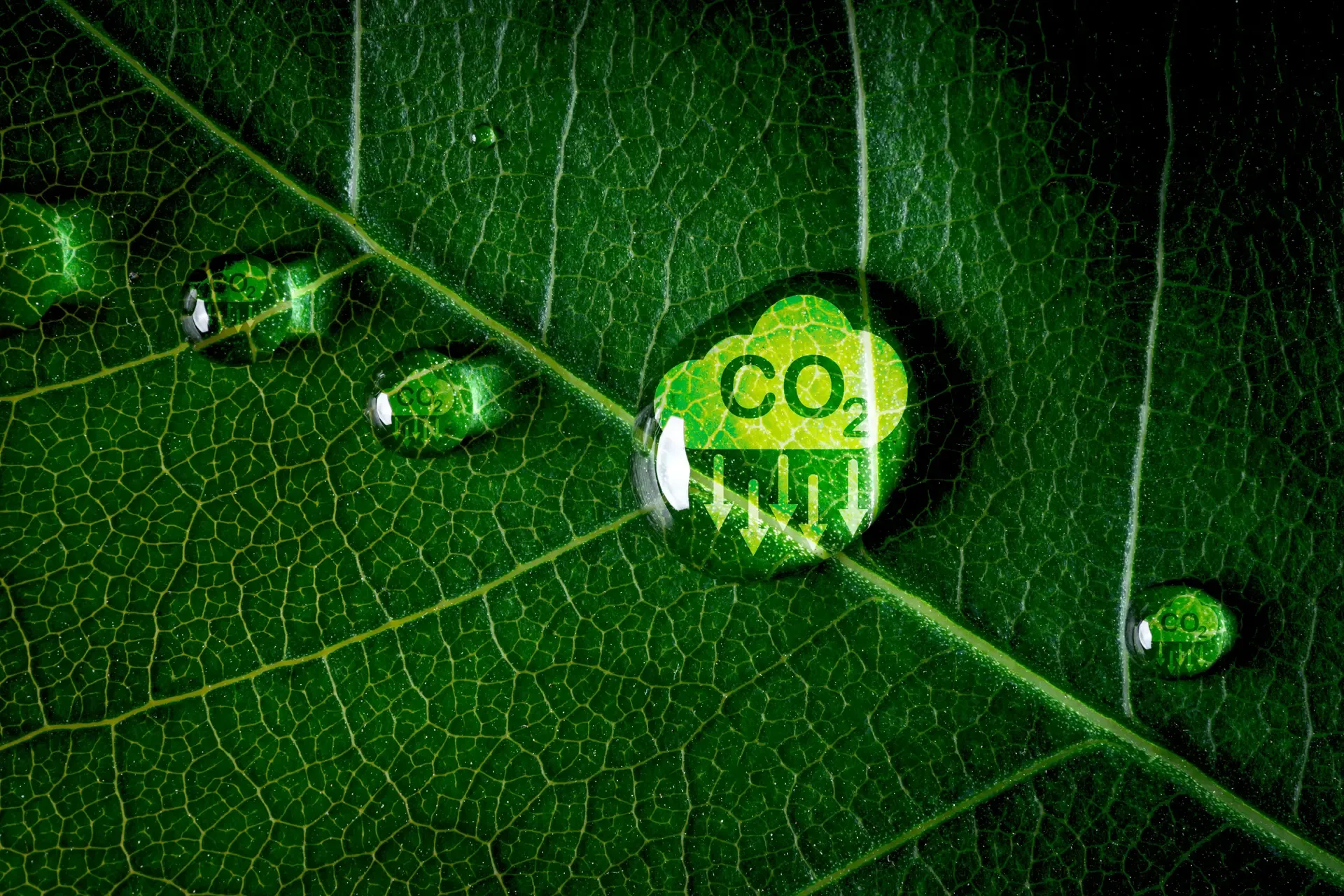Your Carbon Cheat Sheet: The Fundamentals

Whether you’re a landowner, forester, or corporation, understanding carbon terms is critical to taking advantage of the market’s opportunities and ensuring your participation in high-quality programs.
Forestry, Climate Change, Natural Climate Solutions, and the Voluntary Carbon Market is an ever-evolving world, with new best practices, new scientific findings, and new innovations. Dynamic baselines vs. projected baselines; offsets, offtakes, insets, and credits; IFM or ARR…. It’s hard to keep track of all the jargon, even for those who spend day-in and day-out working in these spaces.
Whether you’re a landowner, forester, or corporation, understanding carbon terms is critical to taking advantage of the market’s opportunities and ensuring your participation in high-quality programs.
To help clarify some key points, the American Forest Foundation team has pulled together a series, the Forest Carbon Cheat Sheet, to help you better navigate the carbon market and understand the terms floating around. Part 1 of the series covers fundamentals of the carbon market:
The Fundamentals:
These terms are the building blocks for understanding carbon markets.
Greenhouse Gas (GHG) Emissions –
Gases emitted that cause climate change by trapping heat in the earth’s atmosphere through natural processes or human activities. Carbon dioxide (or “carbon”) is the primary GHG emitted through human activity, followed by methane and nitrous oxide.
Carbon Sequestration –
The process of capturing and storing atmospheric carbon. Trees are nature's oldest carbon sequestration technology, taking carbon emissions right out of the air and storing them.
Voluntary Carbon Market –
A marketplace where organizations can voluntarily offset their unavoidable emissions by purchasing carbon credits from programs that sequester carbon from the atmosphere. The voluntary carbon market can be a tool to finance environmental protection and climate mitigation efforts.
Project Developer –
Organizations leading projects that sequester carbon from the atmosphere.
Project Activity or Practice –
A specific intervention carried out by a project developer intended to result in additional carbon sequestration as compared to business-as-usual practices. This often looks like a specific action—such as planting trees where trees have not otherwise been planted—or a commitment to avoid a certain activity that is typically happening—such as unsustainable forest management activities.
Natural Climate Solutions –
Practices designed to conserve, restore, and better manage nature (rather than man-made technologies) in order to increase carbon storage or reduce greenhouse gas emissions.
Carbon Credit –
A unit of measurement equal to one tonne of carbon dioxide reduced, sequestered, or avoided. Credits are sold by project developers and can be purchased by individuals and companies.
Net Zero –
The process of organizations reducing and maintaining their greenhouse gas emissions to as close to zero as possible, with any remaining, unavoidable emissions offset by the purchase of high-quality carbon credits.
Registry –
A repository of information and documentation on carbon projects, providing the market a system for issuing, retiring, or transferring carbon credits.
Verification –
A review of a carbon project’s design, measurements and credit claims by a third-party auditor to ensure it meets recognized standards. If a project meets those standards, it can then receive an issuance of carbon credits on a registry. Third-party verification helps indicate to buyers and the public that a project is high-integrity and has a true impact on the climate.
Bringing it all together:
The voluntary carbon market creates a marketplace for project developers and buyers to sell and buy carbon credits. To produce these carbon credits, project developers manage carbon projects, which deploy a specific set of practices (often utilizing natural climate solutions) designed to reduce or avoid greenhouse gas emissions and enhance carbon sequestration. The project undergoes verification by a third-party auditor to ensure it meets recognized standards, and if so, the project may be issued carbon credits on a registry. Those carbon credits can be purchased by organizations pursuing net zero, which helps finance those natural climate solutions.
Learn more about how AFF’s Family Forest Carbon Program is expanding access to the voluntary carbon market and activating family forests in the fight against climate change. And stay tuned for Part 2 where we’ll break down the components of a high-integrity carbon credit!
Related Articles

June 5, 2023
FEATURE: Keep on Moving – Dynamic Baselines Seen Driving Accuracy in Forest Carbon Accounting
In the context of accusations of widespread over-crediting in the voluntary carbon market (VCM), one emergent accounting approach could tackle some of the challenges with auditing of forestry projects, offering real-time and dynamic monitoring of climate impact via remote sensing technologies.

December 1, 2023
Your Carbon Cheat Sheet: Measuring Carbon
To fully understand the impact of carbon projects, it’s important to understand all the practices which support the generation of high-quality credits within the market.

November 17, 2025
Forester Spotlight: Molly Hooks
We’re proud to feature Molly Hooks, an FFCP forester who brings deep ecological knowledge and a people-first approach to supporting landowners across Georgia.